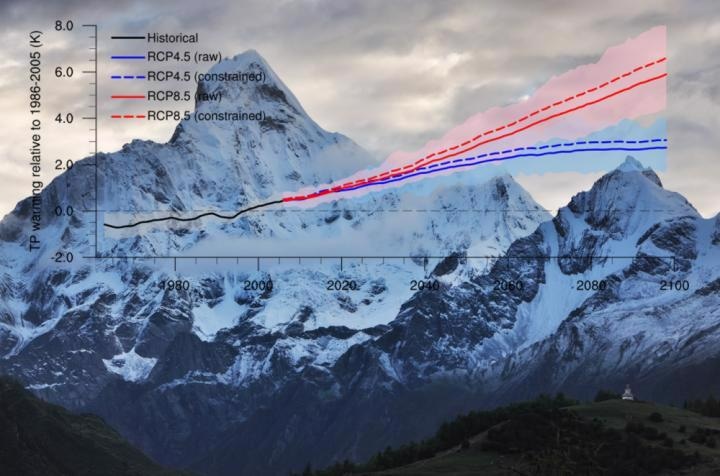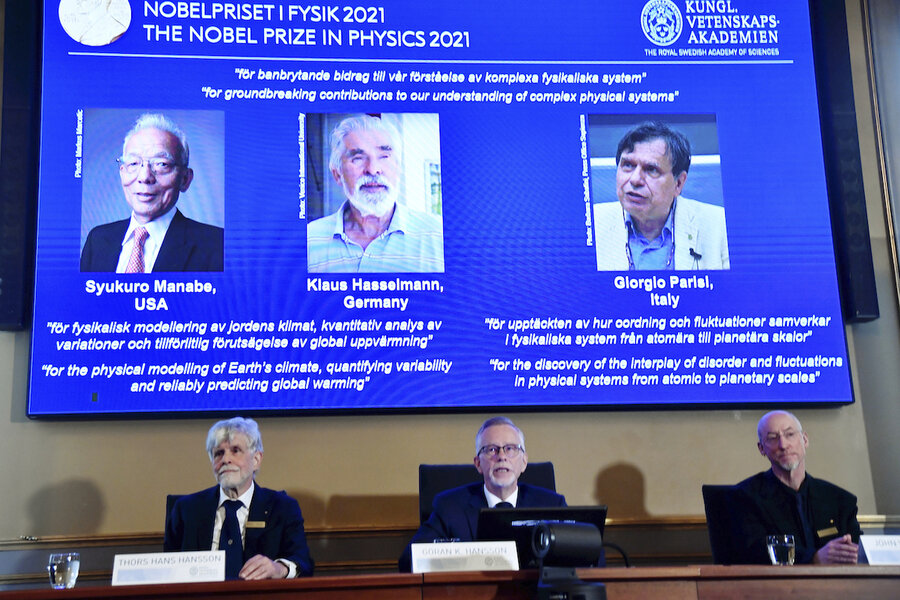[ad_1]
Washington, November 8: NASA has selected a new Earth science mission that will study the behavior of tropical storms and thunderstorms, including their impacts on weather and climate models.
The mission will be a collection of three SmallSats, flying in close coordination, called Investigation of Convective Updrafts (INCUS), and is expected to launch in 2027 as part of NASA’s Earth Venture program, the US space agency said in a statement. .
NASA selected INCUS as part of a solicitation from the Earth Venture Mission-3 (EVM-3) agency which sought comprehensive space surveys to answer important scientific questions and produce socially relevant data in the field of Earth Science. NASA received 12 proposals for EVM-3 missions in March 2021. After detailed review by groups of scientists and engineers, the agency selected INCUS for further development.
“Each of our Earth science missions is carefully chosen to add to a strong portfolio of research on the planet we live on,” said Thomas Zurbuchen, associate administrator of the agency’s Science Missions Directorate in Washington. , in a press release.
“INCUS fills an important niche in helping us understand extreme weather conditions and their impact on climate models, all of which serve to provide critical information needed to mitigate weather and climate effects on our communities,†he added. .
INCUS aims to directly explain why convection storms, heavy precipitation, and clouds occur exactly when and where they form. Climate change is increasing the heat in the oceans and making it more likely that storms will intensify more often and faster, a phenomenon NASA scientists continue to study.
Storms start with a rapid increase in water vapor and air that create towering clouds ready to produce rain, hail, and lighting. The greater the mass of water vapor and air carried up through the atmosphere, the greater the risk of extreme weather conditions.
This vertical transport of air and water vapor, called convective mass flow (CMF), remains one of the great unknowns of weather and climate. Systematic CMF measurements over the full range of conditions would improve the representation of storm intensity and limit high cloud feedbacks – which can add uncertainty – in weather and climate models.
NASA’s Earth Venture program consists of low-cost, science-driven, competitively-selected missions / surveys. This program provides opportunities to invest in innovative science to enhance our ability to better understand the current state of the Earth system and to further improve predictions of future changes.(IANS)
[ad_2]




